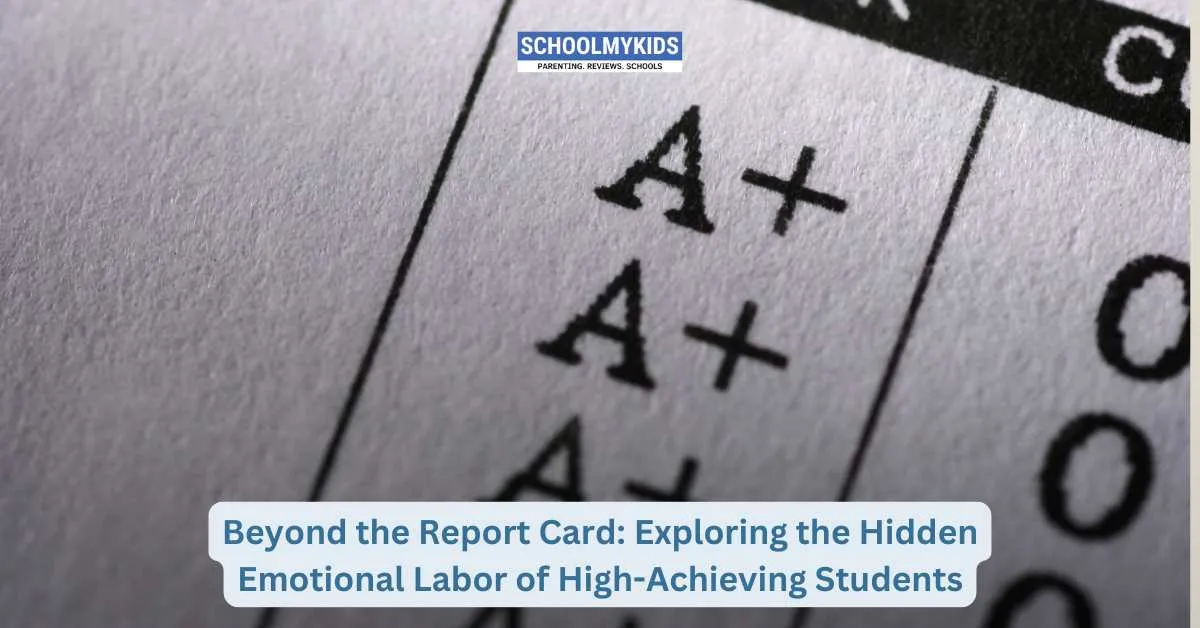Introduction
Straight A’s. Top of the class. First to finish, first to be praised. High-achieving students are often seen as symbols of excellence—disciplined, intelligent, and destined for success. But behind the medals and glowing report cards lies a truth that’s rarely acknowledged: the hidden emotional labor of always being the best. While their achievements are celebrated, the pressure they carry is often misunderstood, minimized, or completely invisible.
The Weight of Expectation
For high-achieving students, success becomes both a goal and a standard they feel obligated to maintain. Once you’re labeled “the topper” or “the bright one,” slipping—even slightly—feels like failure. Expectations come not just from parents and teachers, but from peers and the students themselves. Every grade, performance, or decision carries the weight of maintaining a reputation.
This internalized pressure often leads to anxiety, perfectionism, and an overwhelming fear of disappointing others. Even small mistakes can feel catastrophic when your identity is tied so tightly to achievement.
The Fear of Being “Found Out”
Many high-performing students struggle with imposter syndrome—the persistent fear that they’re not truly capable, and that at any moment, someone will discover they’re just lucky or good at faking it. This creates a cycle of overworking and overthinking, not to improve, but to protect a fragile sense of self-worth.
What appears as confidence on the outside is often a shield. Inside, there may be deep insecurity, self-doubt, and emotional exhaustion that go unnoticed because the report card still looks perfect.
Sacrifices Behind Success
The pursuit of perfection often comes at a personal cost. High achievers may sacrifice sleep, hobbies, relationships, and even physical health in their quest to meet academic demands. Many feel guilty taking breaks or saying no to new responsibilities, fearing it makes them seem less driven.
Social isolation is another hidden cost. Being seen as “the smart one” can create distance between peers, leading to loneliness. Some students begin to feel that they’re only valued for their productivity—not for who they are beyond the grades.
Emotional Labor in Silence
One of the hardest aspects of being a high achiever is that your struggles are rarely validated. If you’re doing well, people assume you’re fine. Phrases like “You always do great” or “You’re lucky to be so smart” dismiss the effort and emotional toll behind the success.
This leads to silence. High-performing students often feel they can’t complain or express stress without seeming ungrateful. So they keep smiling, keep striving, and keep suffering in quiet determination.
Rethinking How We Define Success
The problem isn’t ambition—it’s the unrealistic, unsustainable expectations placed on students who seem to have it all together. We must move away from defining students solely by their academic output. Success should also include well-being, creativity, kindness, and the courage to rest and reset.
Parents, teachers, and institutions need to send a clear message: It’s okay to slow down. It’s okay to ask for help. It’s okay not to be perfect all the time.
Creating a Supportive Environment
Support systems are crucial. Schools and colleges can start by providing emotional wellness programs tailored for high-performing students. These can include mindfulness workshops, stress-management classes, and safe spaces for open conversations.
Faculty and families should check in not just when things go wrong, but when things seem fine. Normalize rest, celebrate effort—not just results—and encourage students to explore identities beyond their academic roles.
Peer support also matters. Building friendships where students feel seen for who they are—not what they score—can protect against burnout and reinforce self-worth.
Conclusion
Behind every “topper” is a student carrying more than just books—they’re carrying the burden of expectation, the fear of failure, and the cost of being admired without being fully understood. It’s time we looked beyond the report card and saw high-achieving students as complex, emotional individuals who need space to breathe, stumble, and be themselves.









Be the first one to comment on this story.